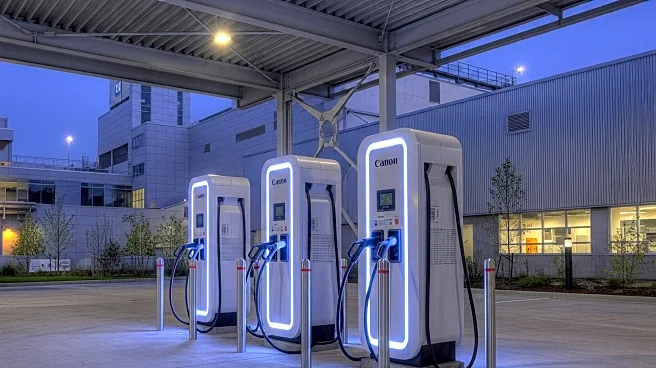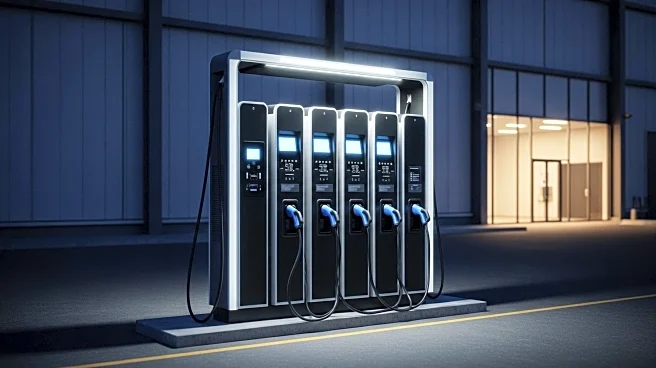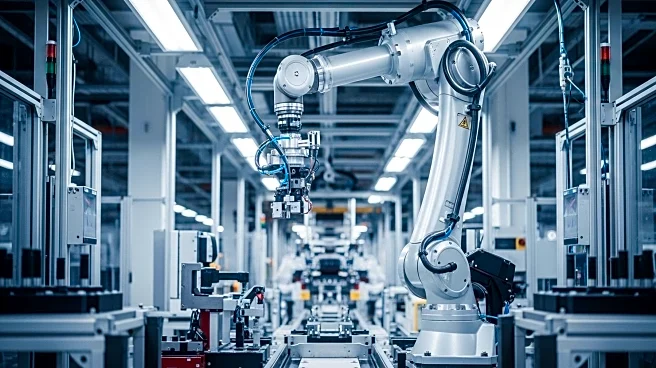What's Happening?
Mercedes-Benz's Ludwigsfelde plant in Eastern Germany is undergoing significant changes as part of the company's focus on electromobility and cost efficiency. With over €750 million invested since 1991, the plant has become a hub for Sprinter and E-Sprinter variants. However, the transition to electric van production raises concerns about workforce displacement, with potential reductions from 2,000 to 500 employees by 2030. The company's austerity program aims to save €5 billion by 2027, but may impact employee morale and regional labor markets.
Why It's Important?
The Ludwigsfelde plant's situation highlights the broader challenges faced by the automotive industry in balancing innovation with workforce retention. As the sector shifts towards electromobility, companies must navigate the trade-offs between automation and job security. The plant's role in sustaining regional job security is crucial, especially in Eastern Germany, where unemployment rates are higher than the national average. The transition could have significant implications for regional economic stability and the future of industrial resilience.
What's Next?
Mercedes-Benz's commitment to job security guarantees until 2035 and socially responsible restructuring will be key to mitigating the impact of workforce reductions. The company must outline a clear production plan beyond 2030 to stabilize the region's industrial base. Government partnerships and initiatives to reduce bureaucracy and incentivize skilled migration will be essential in addressing regional disparities. Continued monitoring of employment trends and socio-economic impacts will be necessary to ensure a balanced approach to industrial investment.
Beyond the Headlines
The Ludwigsfelde case underscores the tension between strategic industrial investment and the realities of a globalized market. It raises questions about the sustainability of current business models and the need for innovation in workforce management. The situation also highlights the importance of transparent reporting on the socio-economic impact of corporate strategies. The plant's investments in automation and electrification align with industry trends, but reliance on cost-cutting measures may expose vulnerabilities in resilience strategies.











